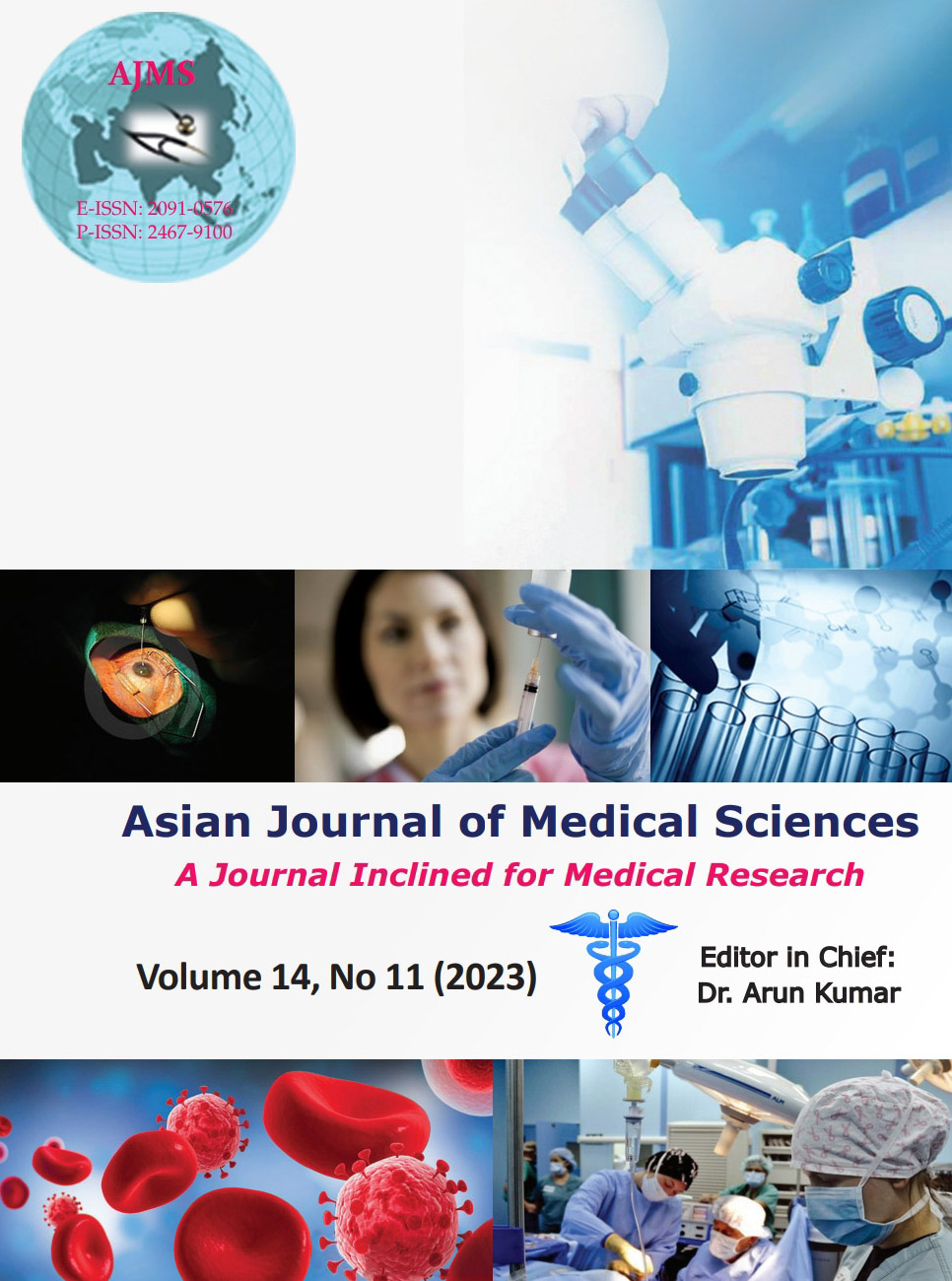Perception and attitude of nursing students toward e-learning
Keywords:
E-learning; Mixed learning; Nursing students; Perception of e-learningAbstract
Background: Information technology (IT) has undeniably eased out online teaching in days of social isolation. The sudden closure of institutions during the COVID-19 pandemic brought a halt in academics; later resumed through the inception of e-learning. Pandemics can neither be forecast nor overruled. Striding through this trying trend, it was thought prudent to determine nursing students’ attitude toward acceptance and practice of e-learning.
Aims and Objectives: Striding through this trying trend, it was thought prudent to determine nursing students’ attitude toward acceptance and practice of e-learning.
Materials and Methods: A descriptive cross-sectional study was conducted among 144 randomly selected nursing students of a Nursing College in Kolkata during August–October 2022. A self-administered structured questionnaire with demographic details incorporating a standard scale admeasuring attitude of students was used. Data were analyzed and validated statistically.
Results: The majority used mobile set and cellular data as data-source (95 and 99%, respectively). Advantages of e-learning were screenshot of slides (96%), home-stay (94%), and reduced cost of hostel/transport (84%). Disadvantages included internet problems (83%) and inadequate bedside training (74%). Domain means for perceived usefulness, e-learning versus conventional learning, intention to adapt, ease of learning, and learning stresses were more than scale means reverberating higher acceptability. About 62.5% exhibited a favorable attitude toward e-learning. Family income, age, origin, and past experience were significantly associated with domains of e-learning; of which “Intent to get accustomed” was relevant. All domains related to e-learning found having significant positive correlation with each other indicating the strong value of e-learning among participants.
Conclusion: As an alternative during the pandemic, 62.5% of prospective nurses showed a positive attitude toward e-learning. It is recommended that e-learning be made student-friendly through IT training making it a vital option for teaching-learning during catastrophic challenge.
Downloads
Downloads
Published
How to Cite
Issue
Section
License
Copyright (c) 2023 Asian Journal of Medical Sciences

This work is licensed under a Creative Commons Attribution-NonCommercial 4.0 International License.
Authors who publish with this journal agree to the following terms:
- The journal holds copyright and publishes the work under a Creative Commons CC-BY-NC license that permits use, distribution and reprduction in any medium, provided the original work is properly cited and is not used for commercial purposes. The journal should be recognised as the original publisher of this work.
- Authors are able to enter into separate, additional contractual arrangements for the non-exclusive distribution of the journal's published version of the work (e.g., post it to an institutional repository or publish it in a book), with an acknowledgement of its initial publication in this journal.
- Authors are permitted and encouraged to post their work online (e.g., in institutional repositories or on their website) prior to and during the submission process, as it can lead to productive exchanges, as well as earlier and greater citation of published work (See The Effect of Open Access).




